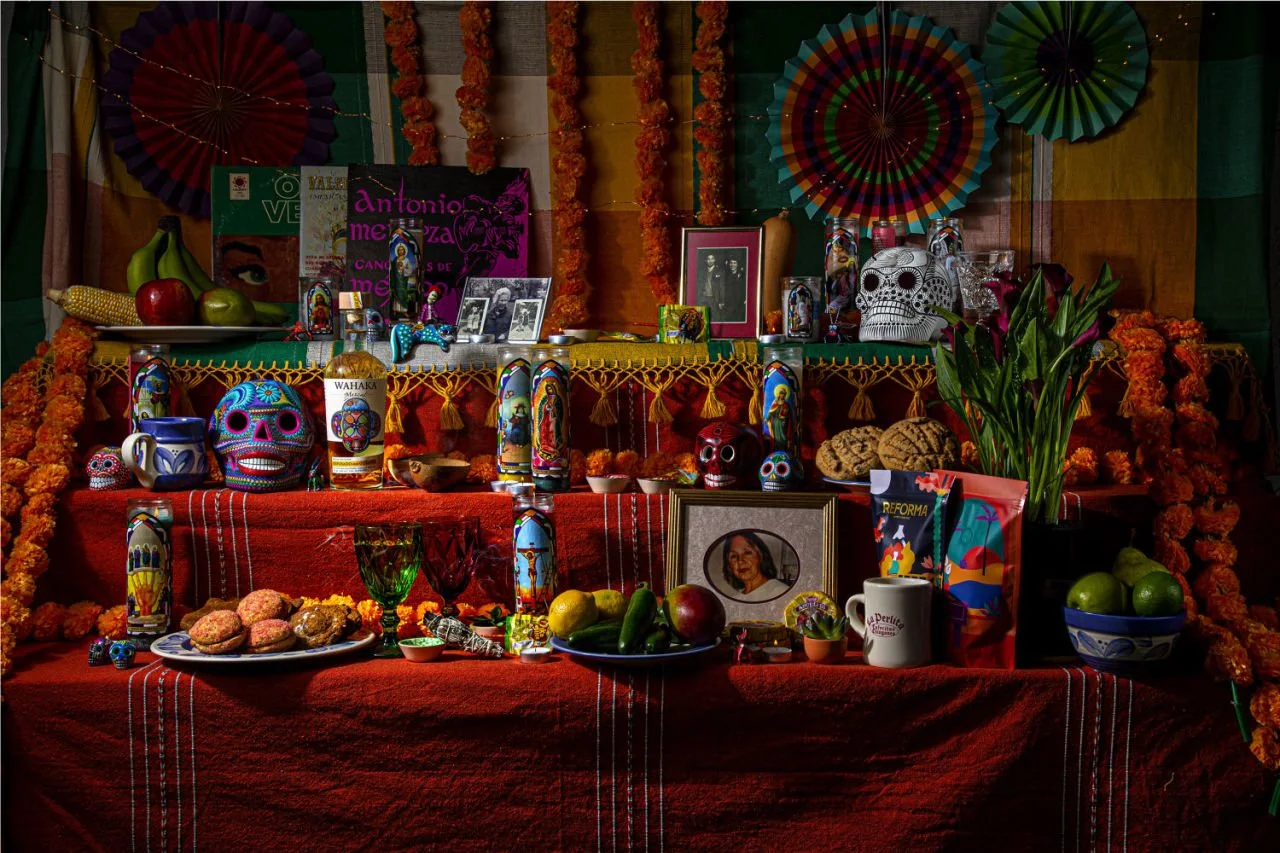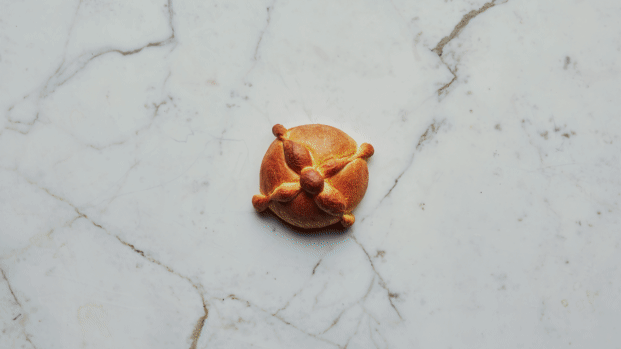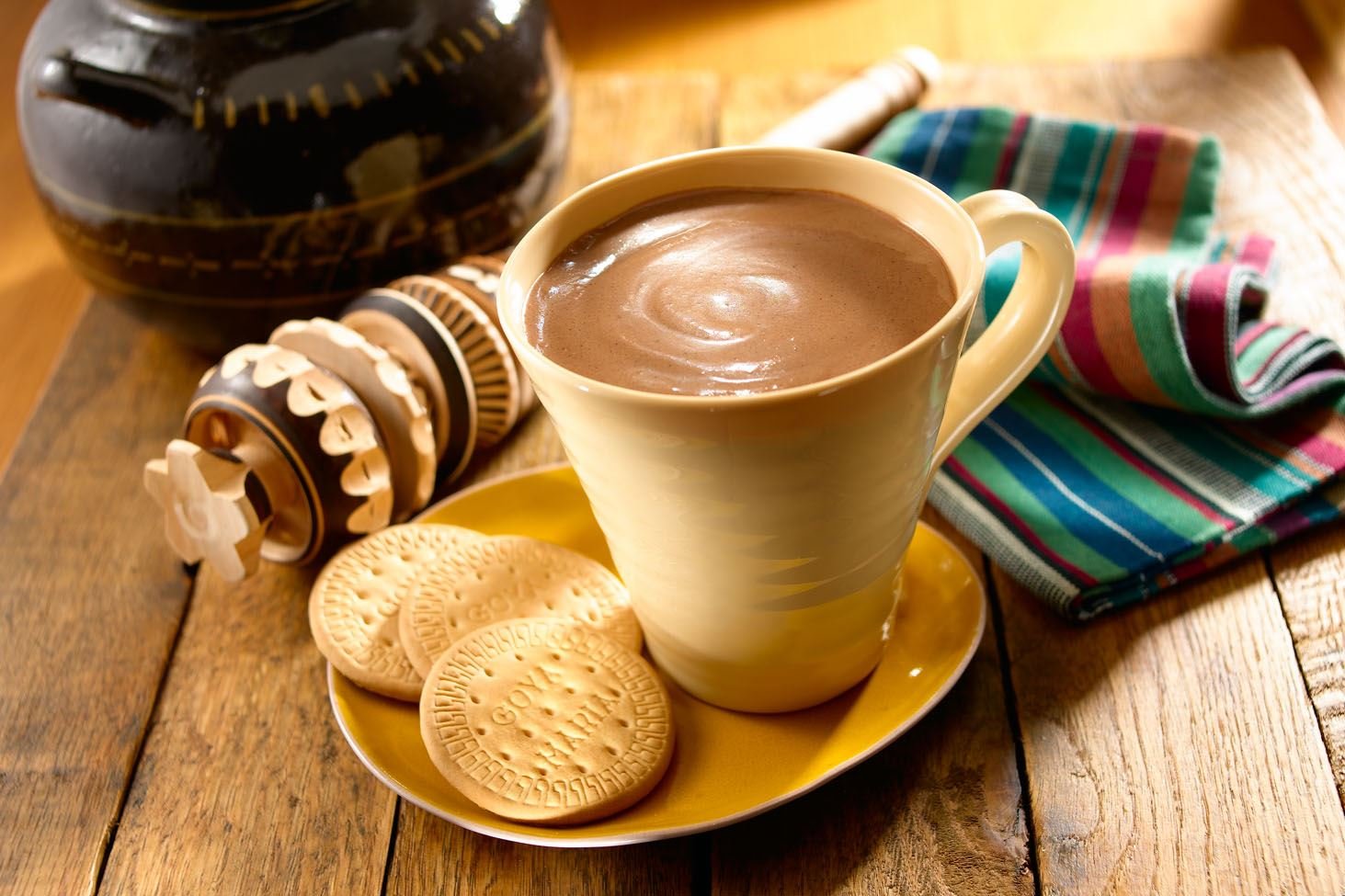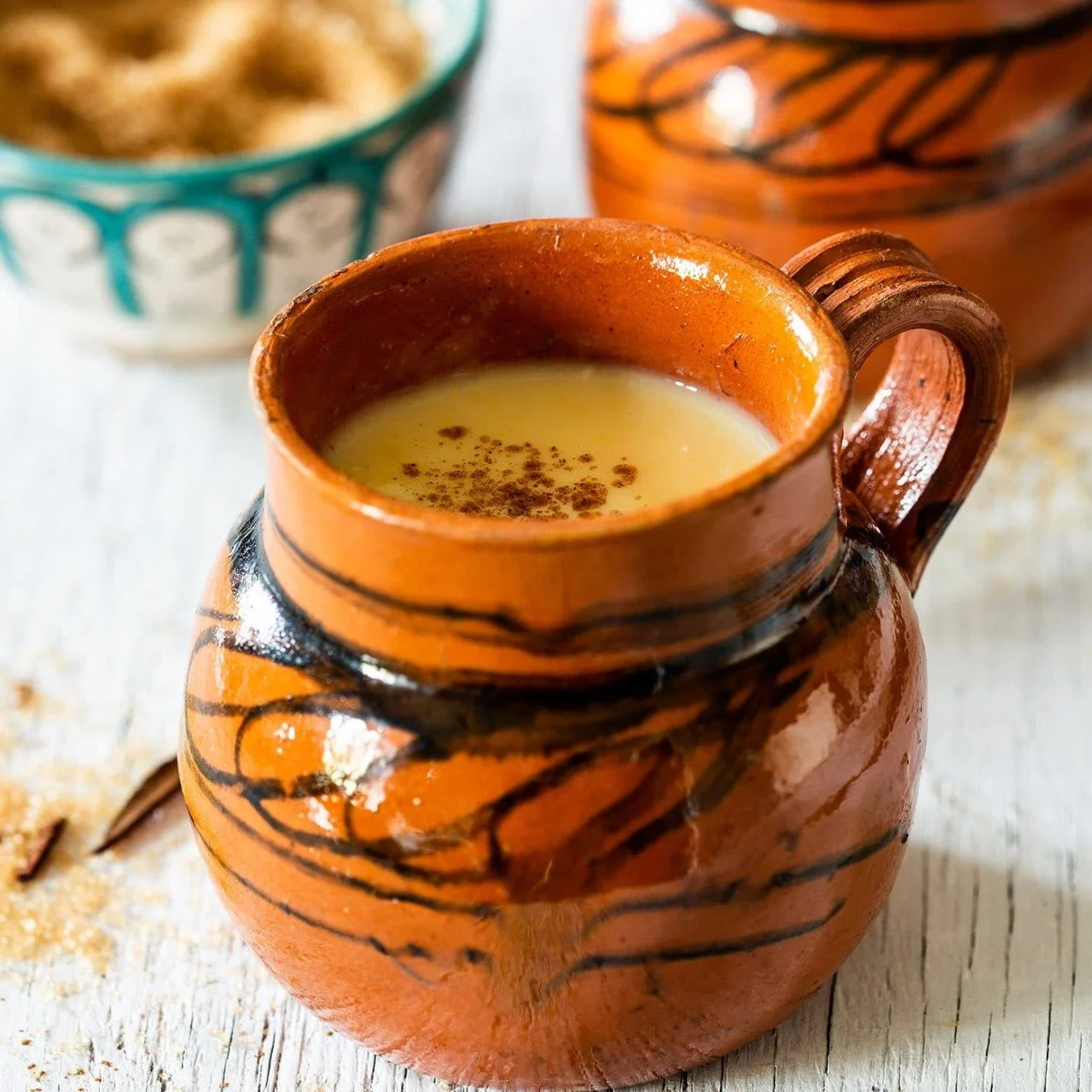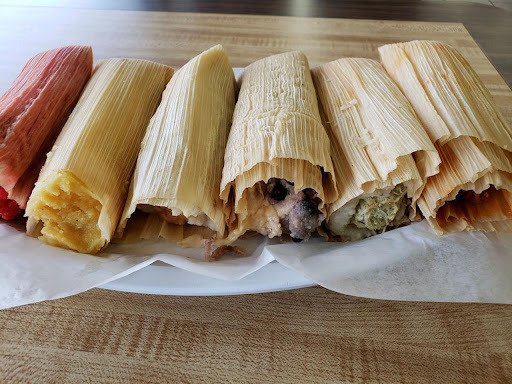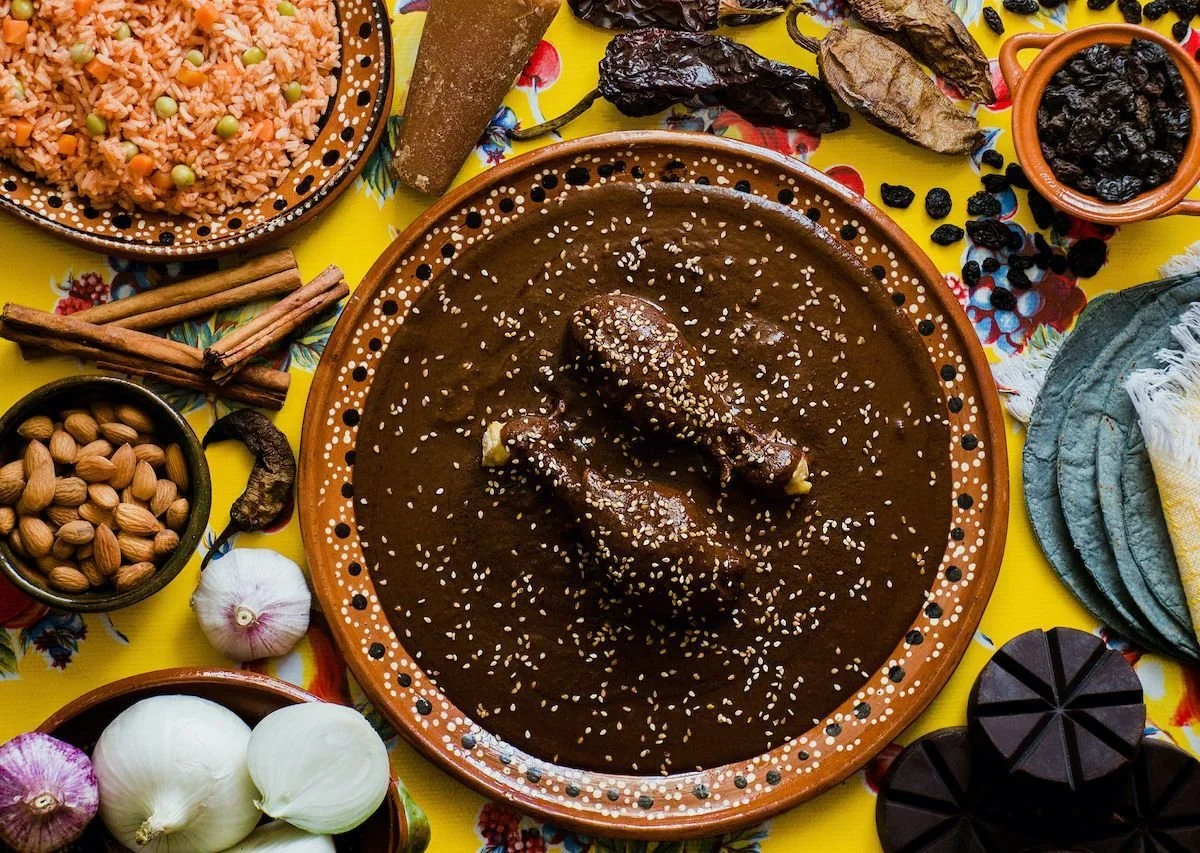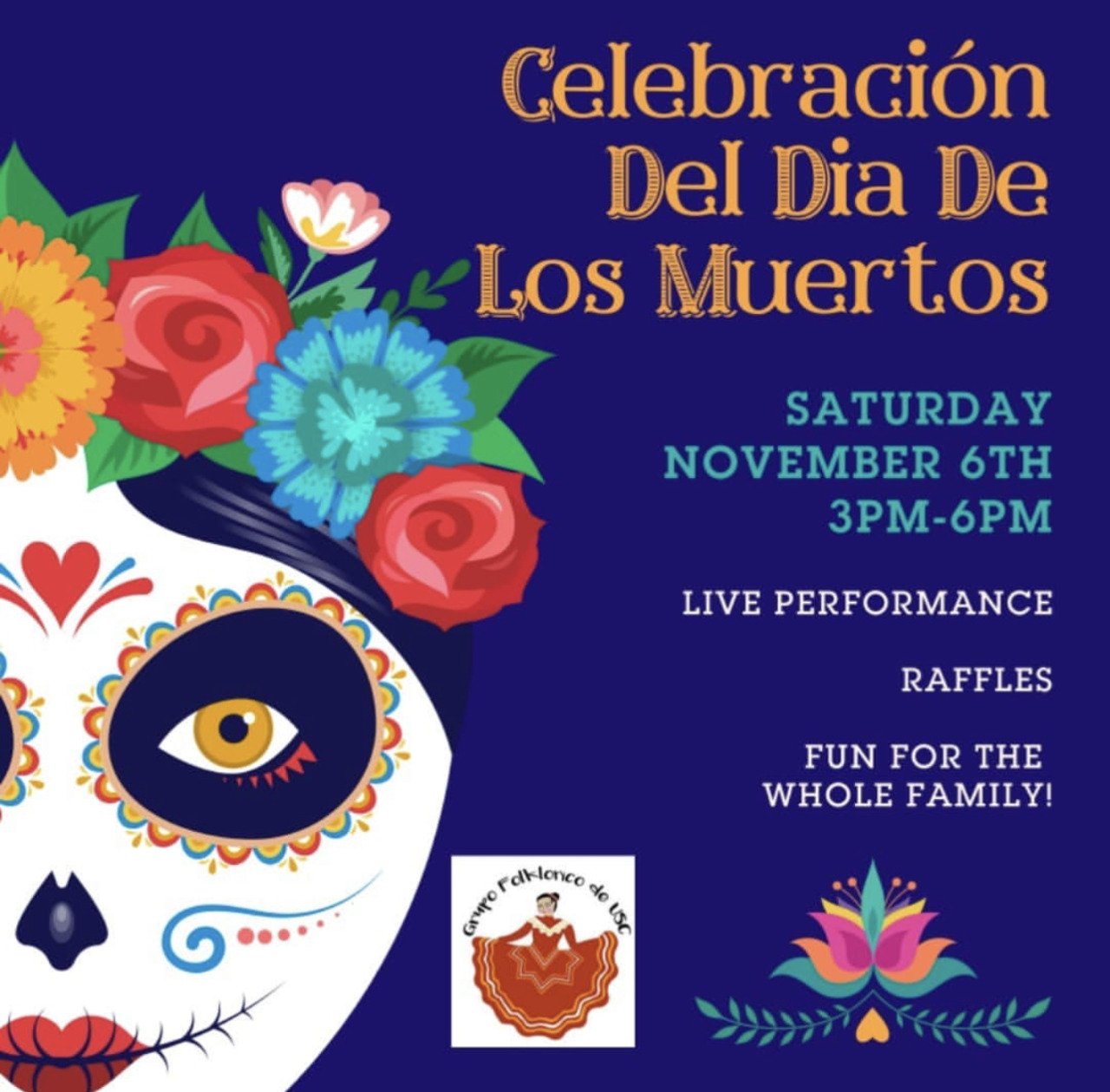Everything You Need to Know about ¡Día de los Muertos!
By: Nancy Aguilar ‘22
Día de los Muertos or Day of the Dead is a holiday of Mexican origin dedicated to remembering and honoring the deceased. The holiday is typically celebrated by cleaning the graves in the cemetery and setting an altar (ofrenda) dedicated to the dead. In the majority of Mexico, Día de los Muertos is celebrated from October 31st-November 1st but the dates there and internationally can extend to over a number of days. The altars are decorated with Mexican Marigold flowers, known as cempazúchitl in Mexico. The ofrendas include pictures of the dead and their favorite foods are prepared for them as a meal for them to have in death. Additionally, there are traditional dances that are performed and the dancers wear shells and makeshift rattles to create sound as they dance. The sound is meant to wake the dead and call them to the ofrendas. These ofrendas are placed all over the community: homes, schools, libraries, sidewalks and at the cemetery.
A common misconception is that all of Mexico celebrates Día de los Muertos. However, there are many places in Mexico that celebrate the holiday on a much lower scale or not at all. My parents are from Guanajuato, Mexico and they don’t celebrate Día de los Muertos in the way that it is celebrated in Coco (2017). In my family, we set an altar at home but we don’t prepare any food specifically for the deceased person. We light candles and arrange flowers but they’re not specifically cempazúchitl flowers. Colonialism has played a large role in this discrepancy. The regions that celebrate Día de los Muertos more traditionally tend to be more tied to indigenous culture, especially Aztec and Mayan culture. Although Día de los Muertos—and Mexico as a whole—is characterized by the intersection of European Spanish and indigenous cultures, I think areas that practice Catholicism more actively tend to not celebrate Dia de los Muertos as traditionally.
Now let’s talk about food!
Pan De Muerto
This is sweet bread with orange zest that is decorated with bone shapes and sprinkled with sugar. The bread is shaped in a circle to represent the circle or natural cycle of life. This is commonly eaten alongside a hot drink. Typically champurrado or atole.
Champurrado
A chocolate-based, thick and hot beverage made from corn flour, piloncillo, anise seeds, cinnamon, vanilla, ground nuts, egg and orange zest. It is a very popular drink in Mexico that is had in virtually any holiday in Mexico, especially Día de los Muertos and Christmas.
Atole
A hot drink ranging from thin to thick consistency made from cornflour, rice, oatmeal or wheat. It’s also made with cinnamon and piloncillo. It’s optional to add vanilla, chocolate or fruit.
Calaveras
Calavera is the Spanish word for skull. These are the sugar skulls and cookies made to look like skulls that are typically decorated with vibrant colors.
Tamales
Corn dough stuffed with either chili, cheese and peppers, your choice of meat, fruit, or sugar. There’s both savory and sweet tamales. The stuffed dough is wrapped in corn leaves and steamed. IT’S ONE OF THE BEST FOODS EVER. Try them.
Mole Negro
A sauce made from nuts/seeds, herbs, chilis, tomatillo, garlic, onion, cinnamon and chicken broth. It’s traditionally eaten with chicken and rice. One of my personal favorites.
Anything!
At the end of the day, it’s about what the deceased person liked to eat. So Día de los Muertos could be about any food.
Regardless of whether you celebrate Día de los Muertos or not, I think it is a holiday that impacts many because it deals with a universal fact: death. It treats death in a very unique way that is not necessarily horrible or scary, but rather beautiful and part of nature. In other places it may seem morbid to design, decorate and paint on skulls and dress up as skeletons to honor the dead, but in Mexico, it’s a way of life. It’s a way of remembering that death is not separate from life. Our skeletons are still us, they’re not a taboo object to be disgusted by or afraid of. On the contrary, death and life are very connected and we should cherish, remember and honor this connection. Hopefully you were able to visit a local Día de los Muertos celebration either in the famous Olvera Street or here at USC. There’s a celebration happening November 6th from 3-6pm at the USC Village. Make sure you check it out if you’re curious or just want to see some cool dances!
Want more from Trojans 360?
Visit Trojans 360 on Facebook & Twitter to stay up to date with more student content! You can also Ask A Trojan an anonymous question, and we’ll try to answer it in a future post. And don’t forget to follow us on Instagram!
Trojans 360 is USC’s official student-run blog. Content created by students, for students.


